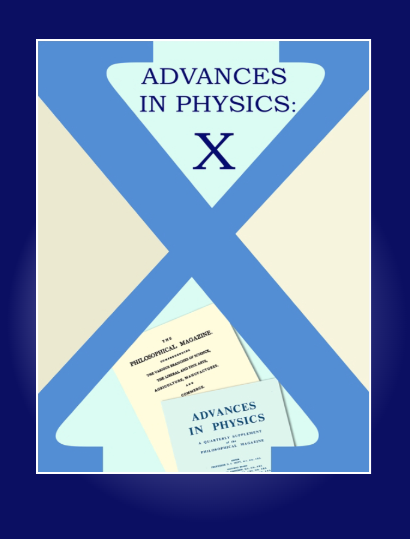生物分子模拟分析中的机器学习
IF 10.8
2区 物理与天体物理
Q1 PHYSICS, MULTIDISCIPLINARY
引用次数: 10
摘要
机器学习已迅速成为所有科学学科中分析和组织大规模数据的关键方法。在生命科学中,机器学习技术的使用是一个特别吸引人的想法,因为计算基础设施的巨大容量通过毫秒级的原子和分子尺度的生物分子系统模拟产生tb级的数据。由于数据的爆炸式增长,机器学习方法所提供的自动化、可重复性和客观性在复杂系统的分析中是非常理想的特征。在这篇综述中,我们重点介绍了机器学习在生物分子模拟中的应用。我们讨论了机器学习任务的主要类别,如降维、聚类、回归和用于模拟数据分析的分类。然后,我们介绍了这些任务中涉及的最流行的技术类别,以增强采样,坐标发现和结构预测。只要有可能,我们就会解释机器学习方法的范围和局限性,并讨论这些技术的应用示例。图形抽象本文章由计算机程序翻译,如有差异,请以英文原文为准。
Machine learning in the analysis of biomolecular simulations
ABSTRACT Machine learning has rapidly become a key method for the analysis and organization of large-scale data in all scientific disciplines. In life sciences, the use of machine learning techniques is a particularly appealing idea since the enormous capacity of computational infrastructures generates terabytes of data through millisecond simulations of atomistic and molecular-scale biomolecular systems. Due to this explosion of data, the automation, reproducibility, and objectivity provided by machine learning methods are highly desirable features in the analysis of complex systems. In this review, we focus on the use of machine learning in biomolecular simulations. We discuss the main categories of machine learning tasks, such as dimensionality reduction, clustering, regression, and classification used in the analysis of simulation data. We then introduce the most popular classes of techniques involved in these tasks for the purpose of enhanced sampling, coordinate discovery, and structure prediction. Whenever possible, we explain the scope and limitations of machine learning approaches, and we discuss examples of applications of these techniques. Graphical Abstract
求助全文
通过发布文献求助,成功后即可免费获取论文全文。
去求助
来源期刊

Advances in Physics: X
Physics and Astronomy-General Physics and Astronomy
CiteScore
13.60
自引率
0.00%
发文量
37
审稿时长
13 weeks
期刊介绍:
Advances in Physics: X is a fully open-access journal that promotes the centrality of physics and physical measurement to modern science and technology. Advances in Physics: X aims to demonstrate the interconnectivity of physics, meaning the intellectual relationships that exist between one branch of physics and another, as well as the influence of physics across (hence the “X”) traditional boundaries into other disciplines including:
Chemistry
Materials Science
Engineering
Biology
Medicine
 求助内容:
求助内容: 应助结果提醒方式:
应助结果提醒方式:


